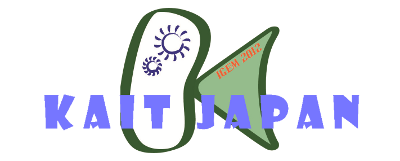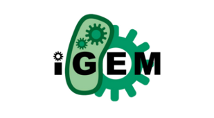Safety
- iGEM 2012 Safety page
1.Would any of your project ideas raise safety issues in terms of:
- researcher safety,
- public safety, or
- environmental safety?
- We use DH5α strain of E.coli and DNA using in our project is safety gene.
- Our experiment was controlled under P1 level room.
- In addition that, we waste the experimental dust after autoclave.
- We used azurin produced by Pseudomonas aeruginosa.
- Pseudomonas aeruginosa is typical indigenous bacteria that exist natural environment.
- However, it is also known as an opportunistic infective bacteria therefore we have a much attention with use of the bacteria
2.Do any of the new BioBrick parts (or devices) that you made this year raise any safety issues? If yes,
- did you document these issues in the Registry?
- how did you manage to handle the safety issue?
- How could other teams learn from your experience?
- No, they don’t.
- Methylation site of receptor of aspartic acid, which used in this study is a protein in many species.
- Azurin is a known as a cupper protein in bacteria and as related with cytochrome oxidase and nitrite reductase.
- Recently, the anti tumor ability was reported.
- However, there are no report pf the risk of the protein.
- Therefore the safety of these parts might be promised.
3.Is there a local biosafety group, committee, or review board at your institution?
- If yes, what does your local biosafety group think about your project?
- If no, which specific biosafety rules or guidelines do you have to consider in your country?
- Yes, we have Institutional Biosafety Committee in our university.
- We already discussed our Committee about our project.
4.Do you have any other ideas how to deal with safety issues that could be useful for future iGEM competitions? How parts, devices and systems be made even safer through biosafety engineering?
- All iGEM teams have tried many things to protect the safety.
- However, we find that those submitted parts are not explain safety sufficientry.
- We would like to propose that we introduce a safe concept for parts by easy and revolutionary method.
- That is addition of the icon which showed danger and biosafety level to parts Registry.
- If we use the icon, we can understand the safety of the parts at first sight.
- As a result, we enhance understanding about the safety and prevent an accident.
- For example, if the safety level at the parts was Biosafety Level 1, we use BSL1 icon.
- The details of icon are Human Practice page
- http://partsregistry.org/wiki/images/1/1d/Biosafety_Level1.png
|
 "
"










